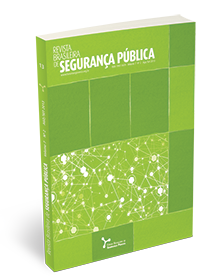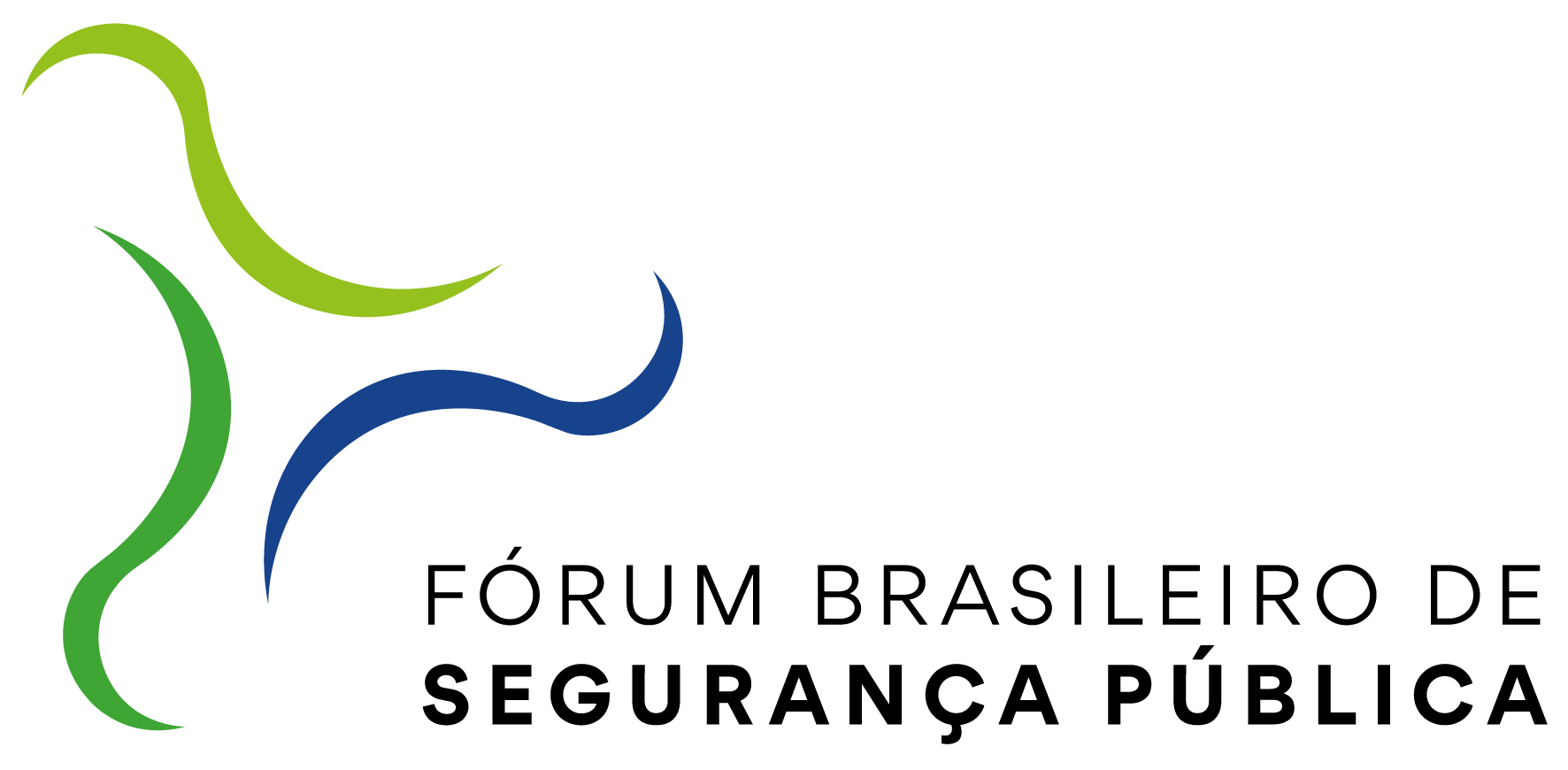Além das técnicas de entrevista: características individuais em entrevista investigativa com testemunhas
DOI:
https://doi.org/10.31060/rbsp.2013.v7.n2.336Palabras clave:
Características do entrevistador, Testemunha, Atitude do entrevistador, Polícia FederalResumen
A literatura psicológica sugere que a experiência da testemunha não se resume a um fenômeno mnêmonico, refletindo, também, a influência de forças sociais. No contexto forense a atitude do entrevistador, primeiro ponto de contato com a vítima ou testemunha, é crucial para o processo de obtenção de informação e o provável sucesso da investigação. O presente estudo refere-se ao levantamento de características do entrevistador que se mostram relevantes na obtenção de testemunhos, em quantidade e com acurácia. Pretendeu-se identificar as variáveis individuais, relativas a aspectos de personalidade do entrevistador, que têm efeitos na quantidade e acurácia de informações recordadas pelos entrevistados, de acordo com a percepção de ambos. A amostra de 30 sujeitos constituiu-se de 15 díades, entrevistador-entrevistado.Descargas
Citas
BROOKS, C. I.; CHURCH, M. A.; FRASER, L. Effects of duration of eye contact on judgments of personality characteristics. Journal of Social Psychology.n. 126, p. 71-78, 2001. DOI: https://doi.org/10.1080/00224545.1986.9713572
BULL, R. et al. Interviewing suspects and witnesses. Criminal Psychology: a beginner’s guide. Oneword Oxford, 2006, p. 53-101.
CLOT, Y.; FAÏTA, D.; FERNANDEZ, G. Entretiens en autoconfrontation croisée: une méthode en clinique de l’activité. Education permanente, n. 146, p. 17-25, 2001.
COLLINS, R.; LINCOLN, R.; FRANK, M. The need for rapport in police interviews. Humanities & Social Sciences paper. 2005.
COLLINS, R.; LINCOLN, R.; FRANK, M. The effect of rapport in forensic interviewing. Humanities & Social Sciences papers.2002. DOI: https://doi.org/10.1375/132187102760196916
GEISELMAN, R .E.; FISHER, R. P. The cognitive interview technique for victims and witness of crime. In: RASKIN, D. C. (Ed.). Psychological methods in criminal investigation and evidence. New York: Springer, 1989.
GRABOSKY, P. N. Efficiency and effectiveness in Australian policing. In: WILSON, P. R. (Ed.). Issues in crime, morality and justice. Canberra: Australian Institute of Criminology, 1992, p. 40-41.
GRANHAG, P. A.; JONSSON, AC.; ALWOOD, C. M. The cognitive interview and its effect on witnesses’ confidence. Psychology, Crime and Law, v. 10, n. 1, p. 37-52, 2004. DOI: https://doi.org/10.1080/1068316021000030577
KEBBELL, M.; MILNE, R. Police officers perceptions of eyewitness factors in forensic investigations. Journal of Social Psychology,n. 138, p. 323-330, 1998. DOI: https://doi.org/10.1080/00224549809600384
KLEINKE, C. Gaze and eye contact: a research review. Psychology Bulletin, n. 100, p. 78-100, 1986. DOI: https://doi.org/10.1037//0033-2909.100.1.78
MCGROARTY, A.; BAXTER, J. S. Interviewer behavior, interviewee selfesteem and response change in simulated forensic interviews. Personality and Individual Differences, n.47,p. 642-646, 2009. DOI: https://doi.org/10.1016/j.paid.2009.05.024
MEMON, A. .Interviewing witnesses: the cognitive interview. Handbook of the Psychology of Interviewing. 1999.
MEMON, A.; STEVENAGE, S. V. Interviewing witnesses: what works and what doesn’t? Psychology, v.7, n. 6, 1996.
MILNE, R.; BULL, R. Interviewing by the police. Handbook of Psychology in Legal Contexts. 2 ed. Chichester: Wiley, 2005.
MILNE, R.; BULL, R. Interviewing victims of crime, including children and people with intellectual disabilities. In. KEBBELL, M. R.; DAVIES, G. (Eds.). Practical psychology for forensic investigations and prosecutions. Chichester: Wiley, 2006. DOI: https://doi.org/10.1002/9780470713389.ch1
MINICHIELLO, V.; ARONI, R.; TIMEWELL, E.; ALEXANDER, L. In-Depth interviewing: researching people. Melbourne: Longman Cheshire, 1990.
PERGHER, G., K.; STEIN, L. M. Entrevista cognitiva e terapia cognitivo comportamental: do âmbito forense à clinica. Revista Brasileira de Terapias Cognitivas, n. 1, 2005.
SCHOLLUM, M. Investigative interviewing: the literature. New Zealand Police, 2005.
STEBLAY, N. K.; LOFTUS, E. F. Eyewitness memory and the legal system. In: SHAFIR, E. (Ed.).The Behavioral Foundations of Policy. Princeton University Press; Russell Sage Foundation, 2008.
VAN KOPPEN, P. J.; LOCHUN, S. K. Portraying perpetrators: thevalidy of offender descriptions by witnesses. Law and Human Behavior, n. 21, p. 661-668, 1997. DOI: https://doi.org/10.1023/A:1024812831576
WELL, G. L.; MEMON, A.; PENROD, S. D. Eyewitness evidence: improving its probative value. Psychology Science in the Public Interest, v. 7, n. 2, 2006. DOI: https://doi.org/10.1111/j.1529-1006.2006.00027.x
ZULAWSKY, D. E.; WICKLANDER, D. E. Practical aspects of interview and interrogation. New York: Elsevier, 1993.
Descargas
Publicado
Cómo citar
Número
Sección
Licencia
Derechos de autor 2014 Revista Brasileira de Segurança Pública

Esta obra está bajo una licencia internacional Creative Commons Atribución 4.0.
Licencia
La Revista Brasileña de Seguridad Pública utiliza la Licencia Creative Commons como forma de licenciamiento para sus trabajos publicados. La licencia utilizada sigue el modelo CC BY 4.0 - Atribución 4.0 Internacional.
Para ver los derechos permitidos por favor vaya a la licencia completa o a nuestra página de Derechos de Autor y Licencias.



